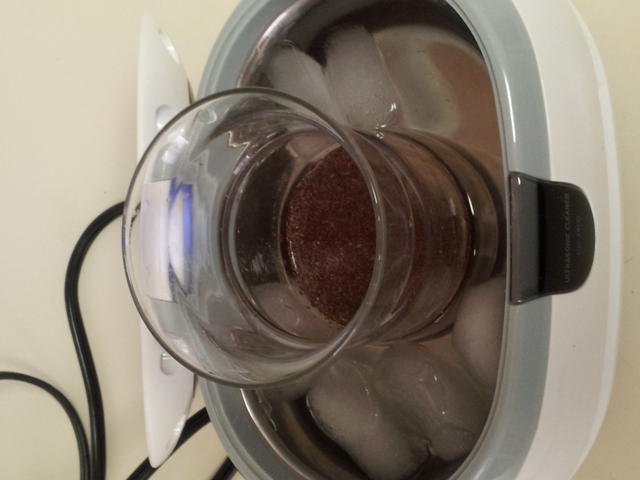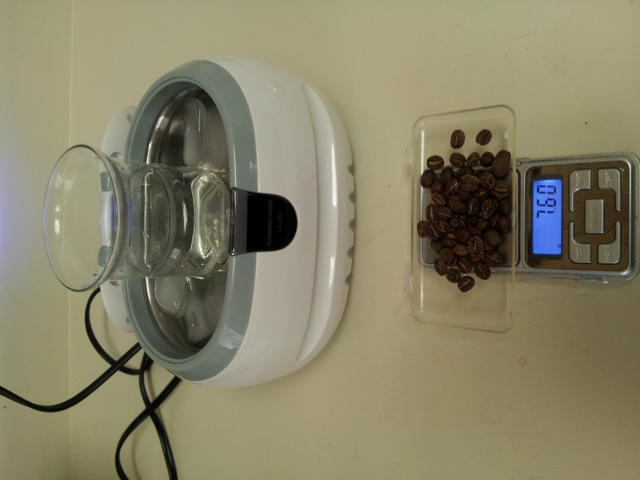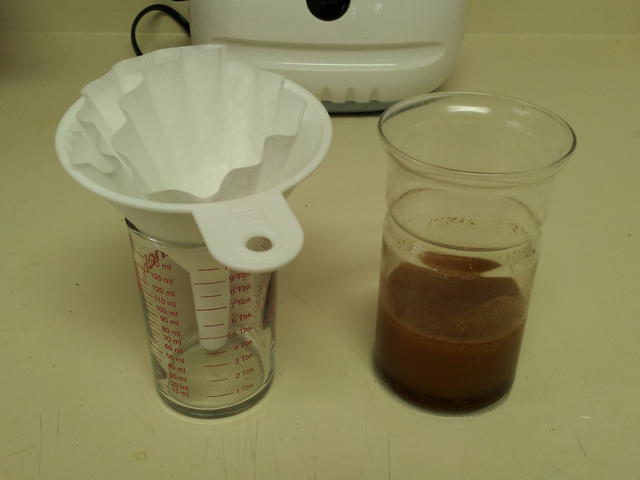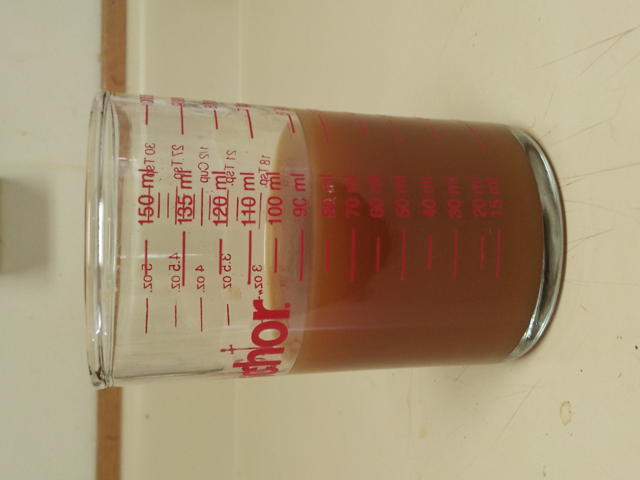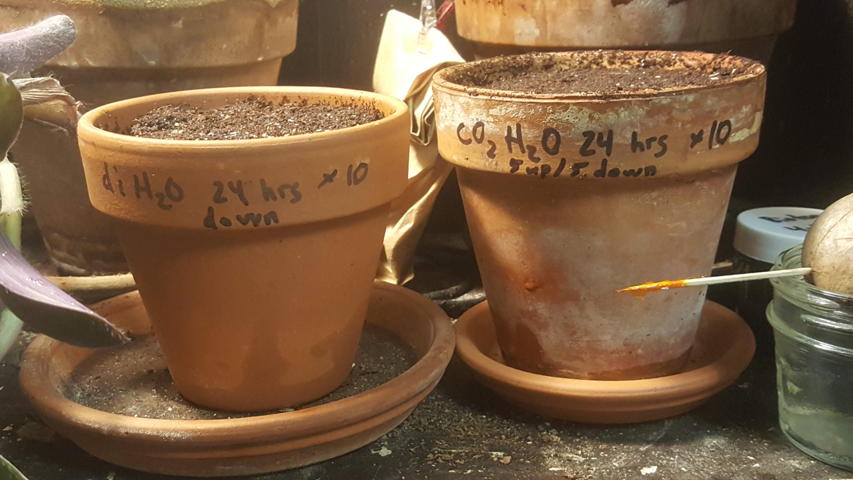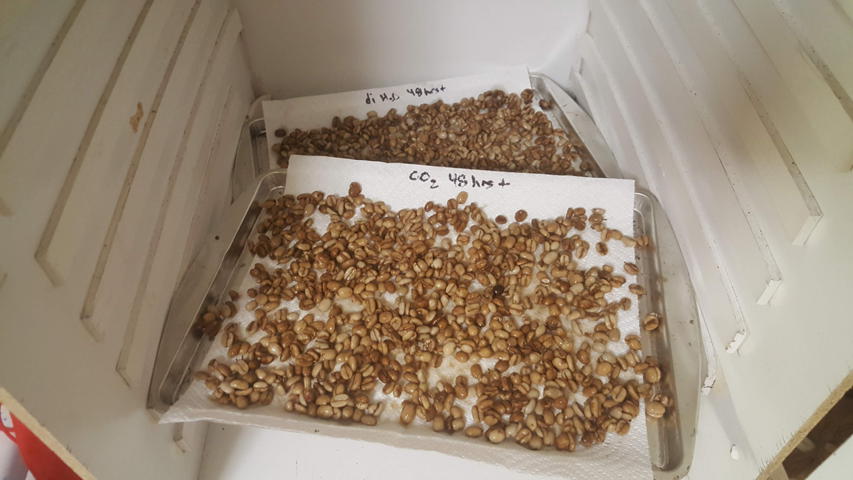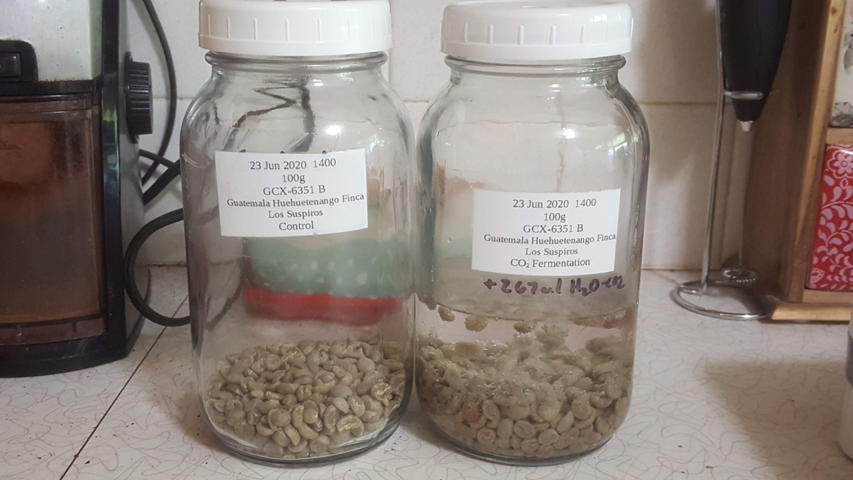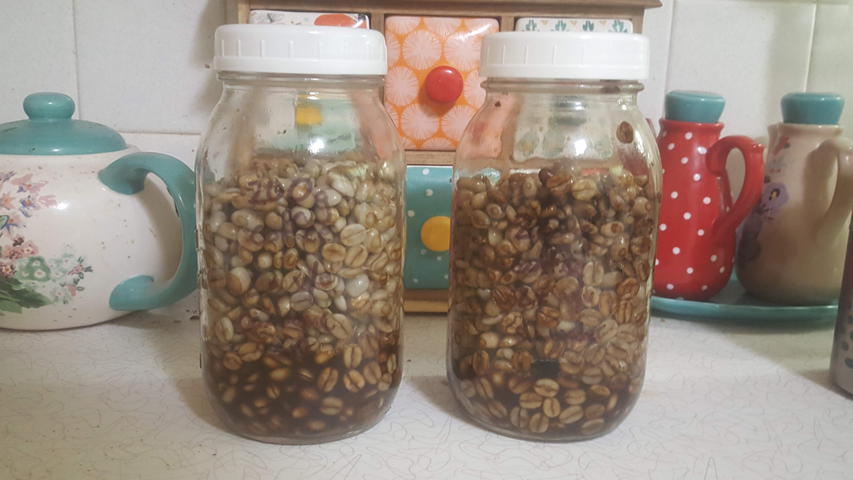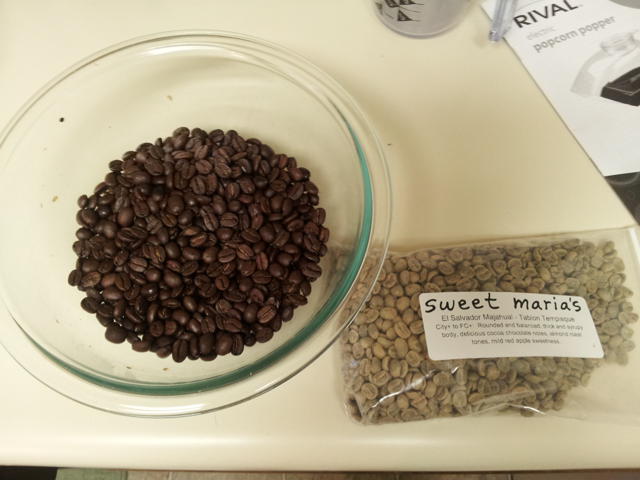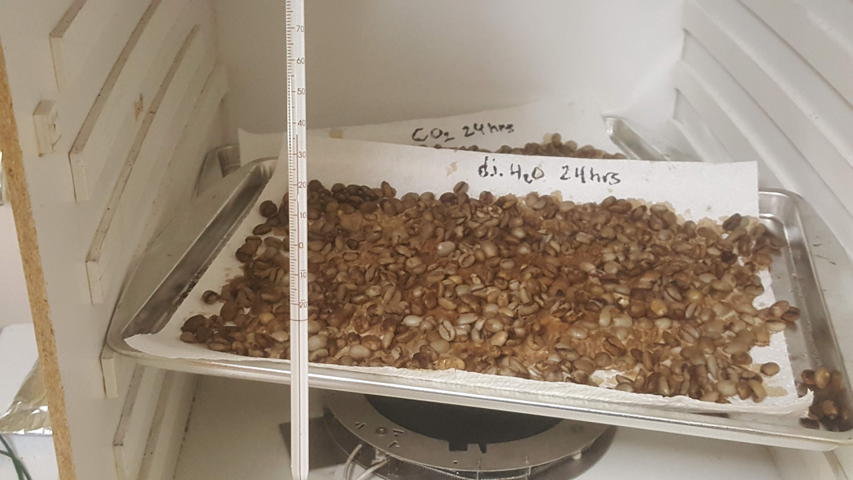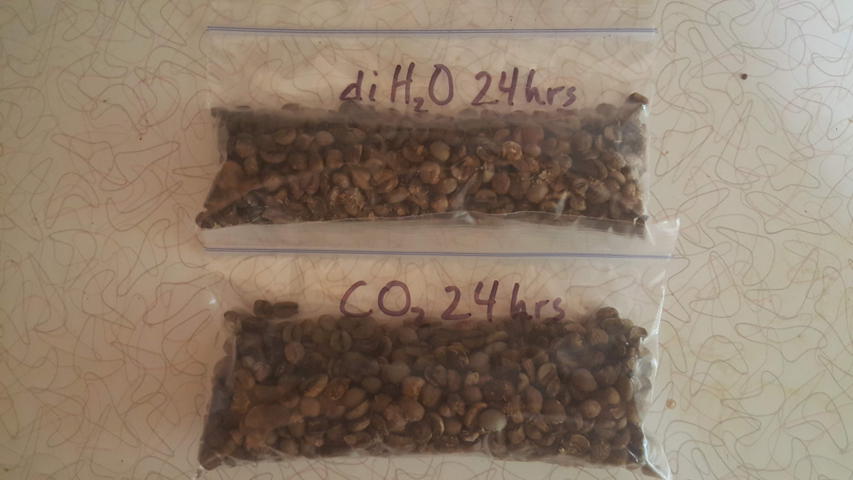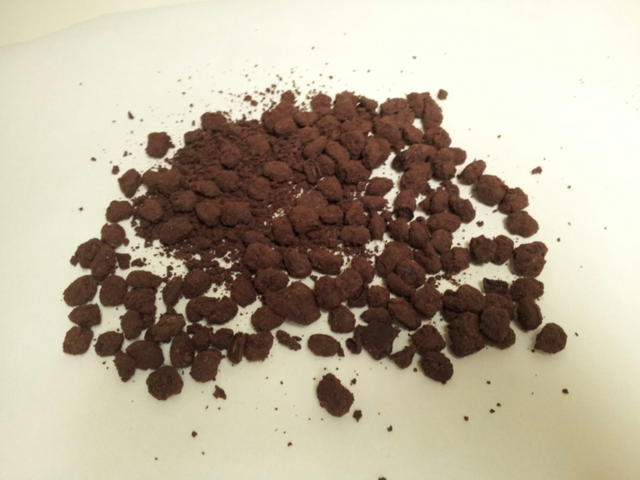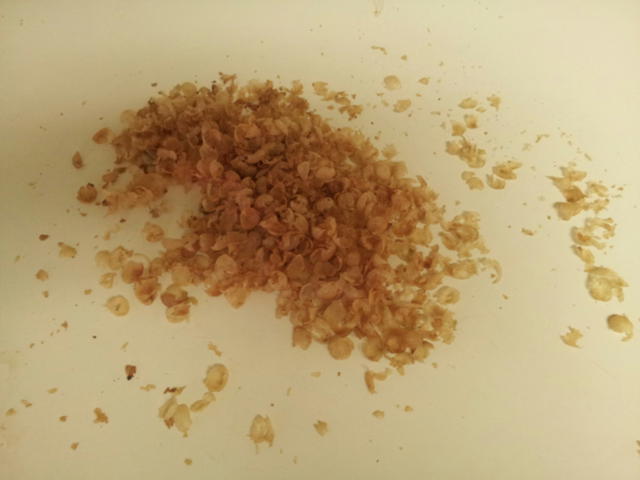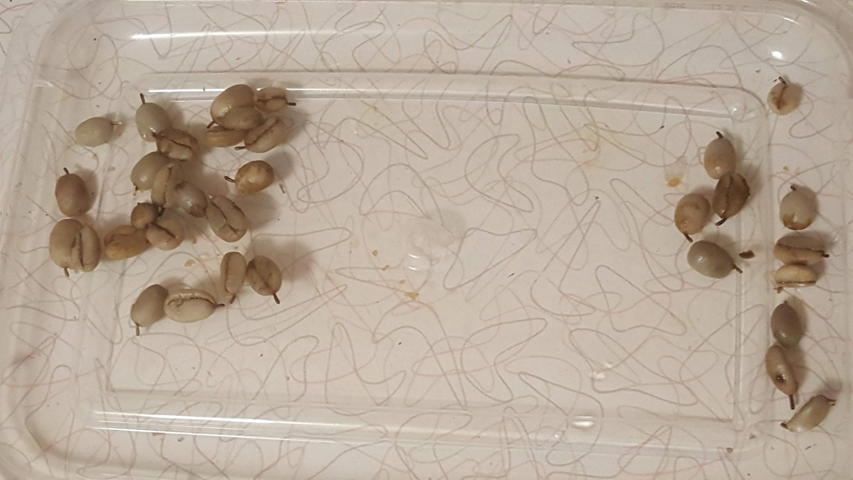Work Log
23 Jun 2020
Just received a new shipment of green coffee from Sweet Maria’s. I decided to try another test.
09 Aug 2019
My friend Erin and I tested a couple of the fermented beans with interesting results. The 48hr CO2 batch resulted in a spicy brew. I mean really spicy. The 24hr diH2O did not however. This warrants further investigation.
Apparently there is a startup, afineur, which specializes in fermented coffee beans. They sell them for $50/lb. Their goal seems to be reducing acidity and bitterness, not emphasizing flavors. I bet there is a market here…
29 Jul 2019
Finally dried the “48-hour” beans. They have been in the fridge since the actual 48-hour mark.
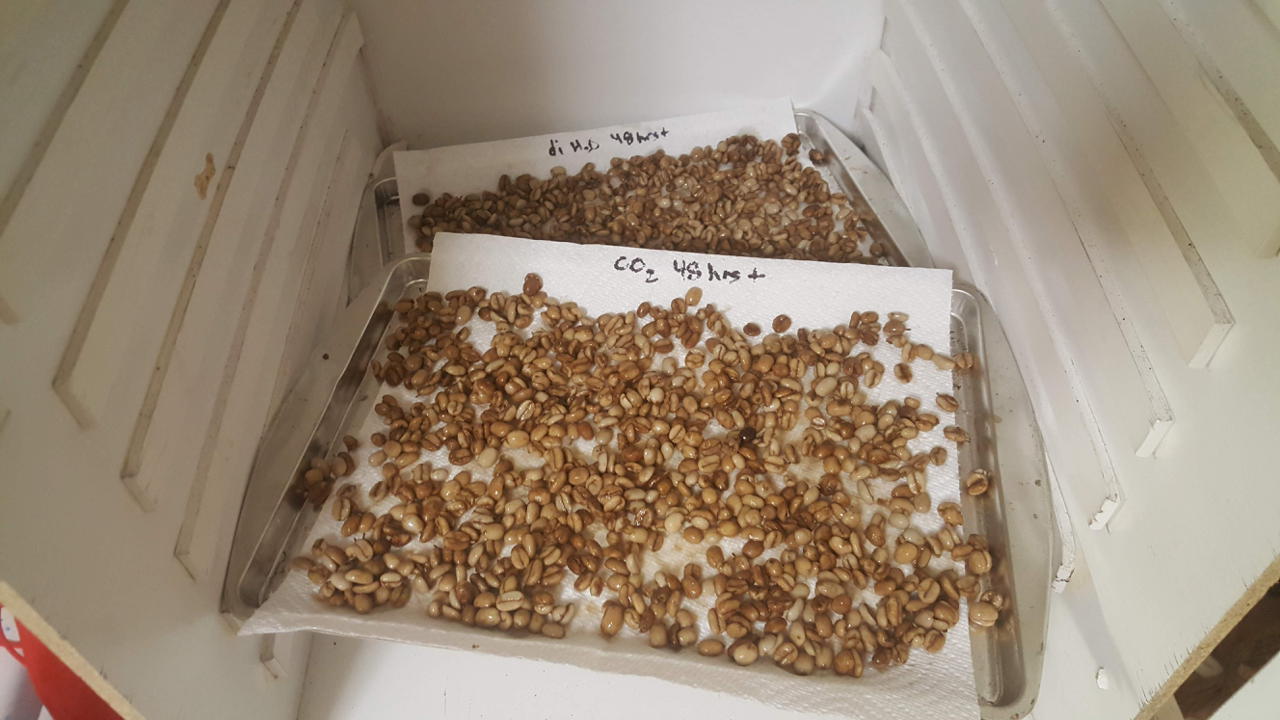
25 Jul 2019
The beans in the dehydrator are “done”. They were removed and placed in labeled, plastic bags. Without proper water content testing I can’t really be sure. I don’t think it matters, however, since the beans are destined to be completely dehydrated and burned during roasting.
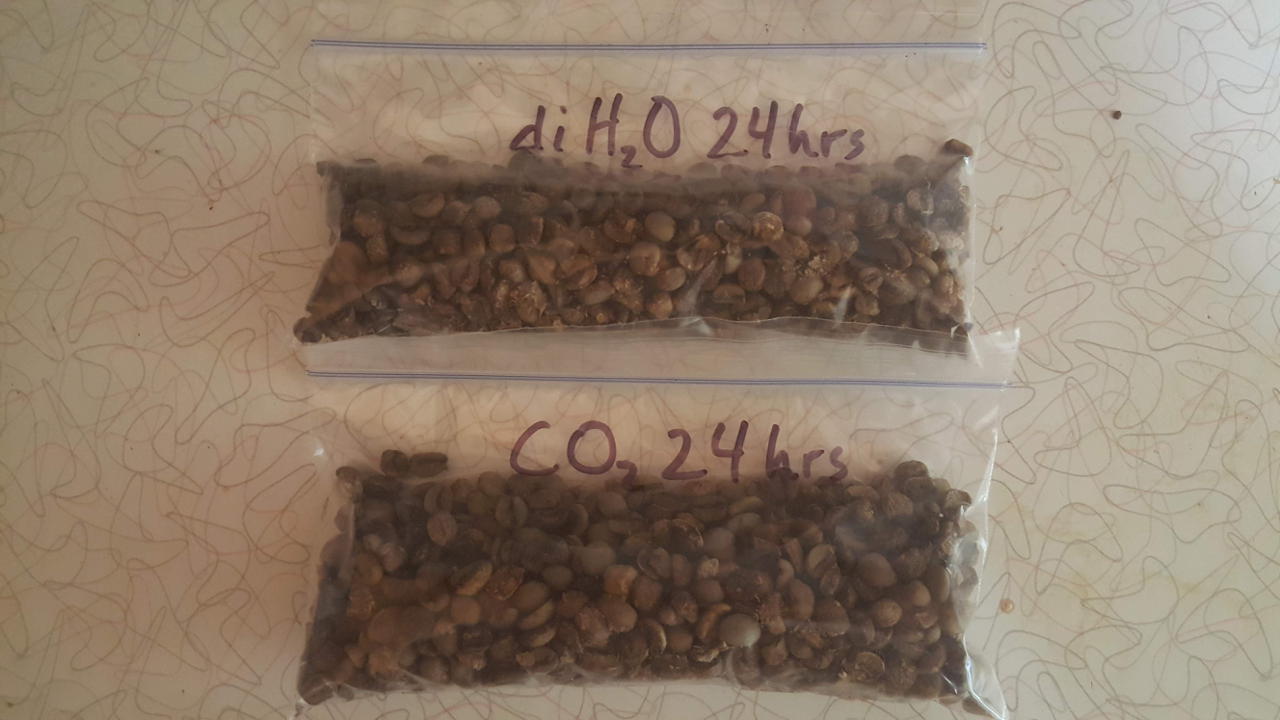
The 48-hour fermentation beans are starting to smell off. This may be too long for room temperature fermentation. Neither jar smells better than the other, so I do not think the acidic environment helped.
24 Jul 2019
I poured about half of each jar into a sieve to drain, then put them in my dehydrator. The temperature is about 40C. I picked out all the seeds which had “sprouted”. Oddly enough, the carbonic acid jar batch (left) had roughly twice the number of sprouts. Weird.

Anyway, ten of each of the best looking seeds were placed in a 50:50 verm:coir potting mix. After completing one of the pots I realized that the sprout could actually be a stem, not a root. So one entire pot is planted with the sprout facing down and the other pot is a 50:50 mix of up/down. Both pots were put on my plant shelf alongside the other pot of coffee seeds planted about a week ago.
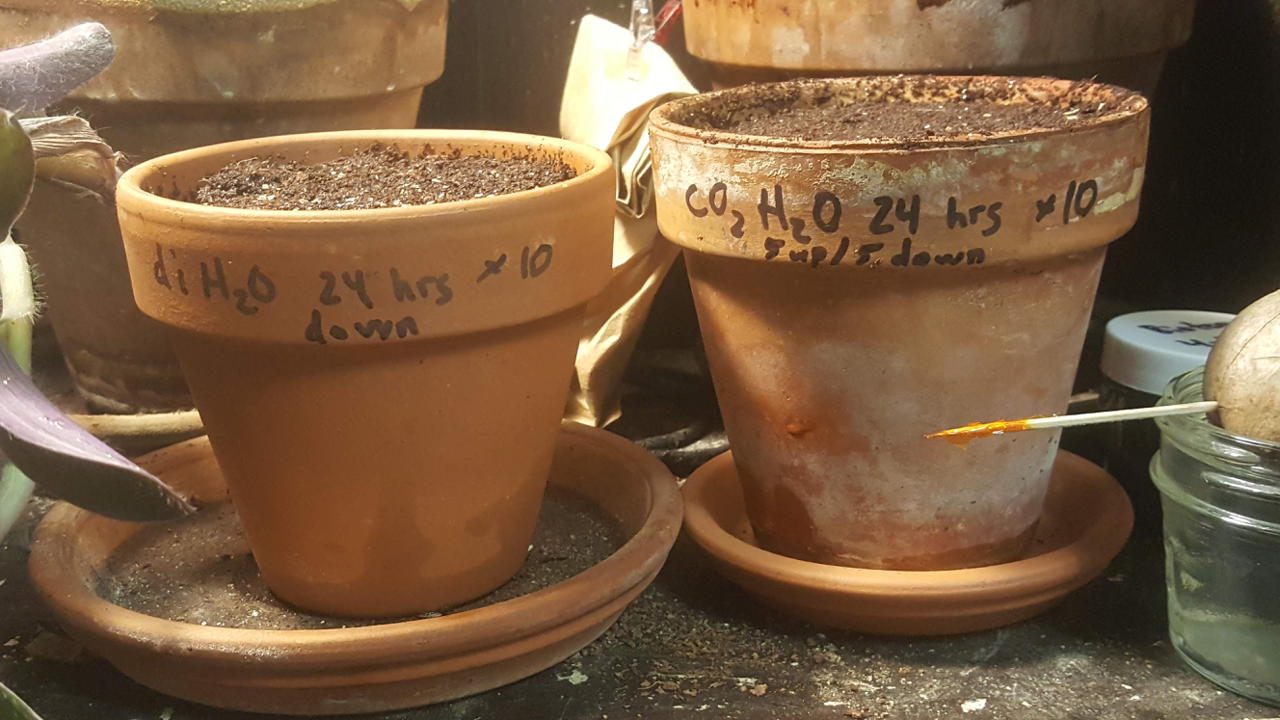
23 Jul 2019
Added 200g of green coffee to a 1qt mason jar and filled half-again with club soda (carbonic acid)1 at about 8pm. Added a second trial of the same except used deionized water. I will “ferment” these beans for at least 24 hours before drying them. Perhaps I will split the trials into 24 and 48 hour samples. I could also try some longer fermentation times in the refrigerator.

22 Jul 2019
The beans in the dehydrator have lost approximately 41g (down to 259g total). I roasted these and still had substantially the same problem of varied colors. I also noticed that even the “green” roasted beans were thoroughly roasted and could break easily. Perhaps the original beans were fermented differently? I could try to ferment them again, although it wouldn’t be as effective without the mucilaginous layer of the whole coffee cherry.
I should take some samples and determine the actually water content the right way.
19 Jul 2019
A few weeks ago on my Guatemala trip, I acquired 10lbs of green coffee beans (for $16 hehe) at a street market in Santa Cruz del Quiche. Upon first roasting, the coffee had wide variations in color. Many beans were still green looking while others were full dark roast. I do not like dark roast so this batch was not very pleasant. My first thought was that they were unevenly dried. So I set 200g in my dehydrator at around 35C.
18 July 2019
Previously I attempted to use sonication to make coffee. The results were promising, but I never followed up.
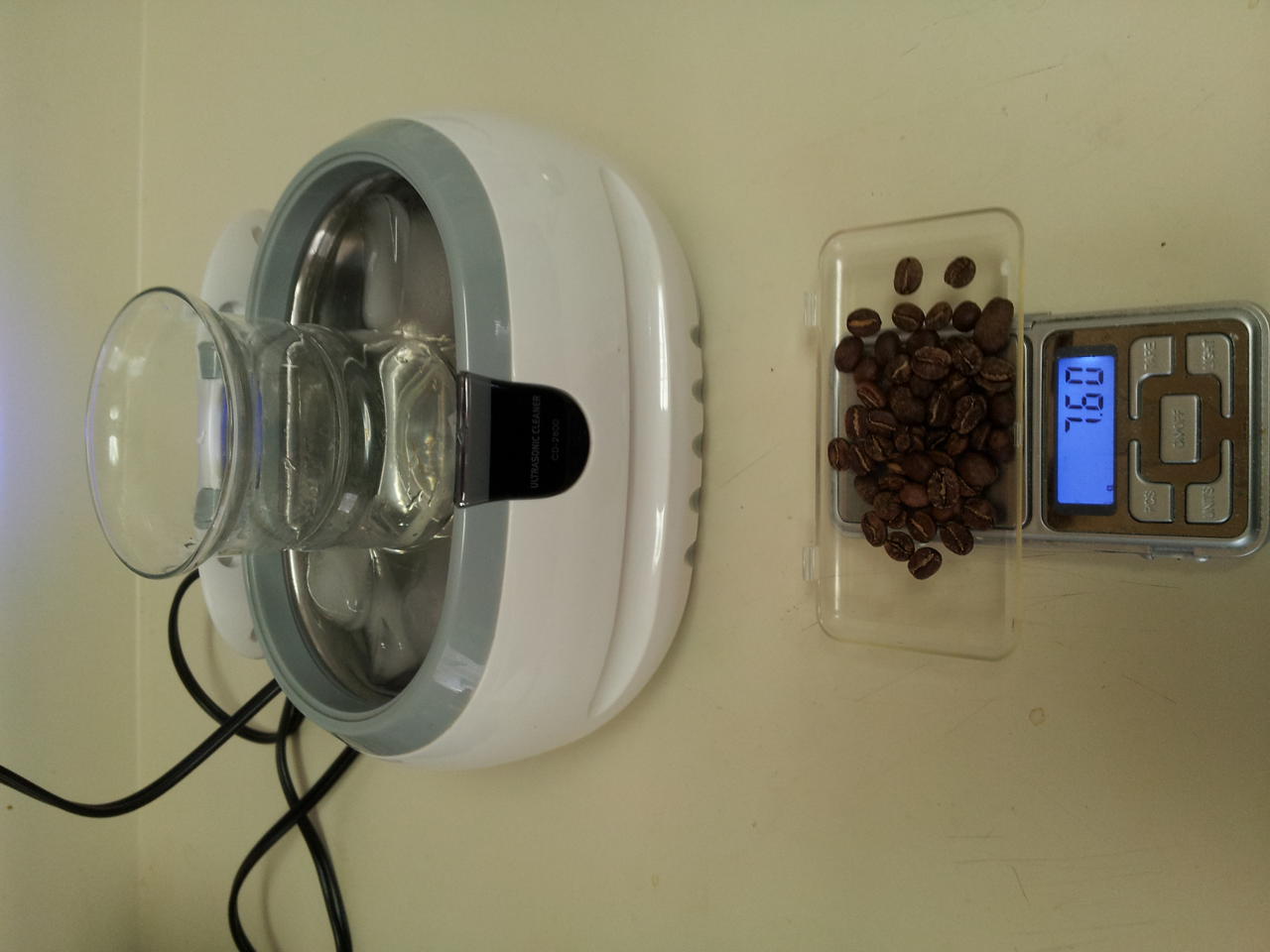
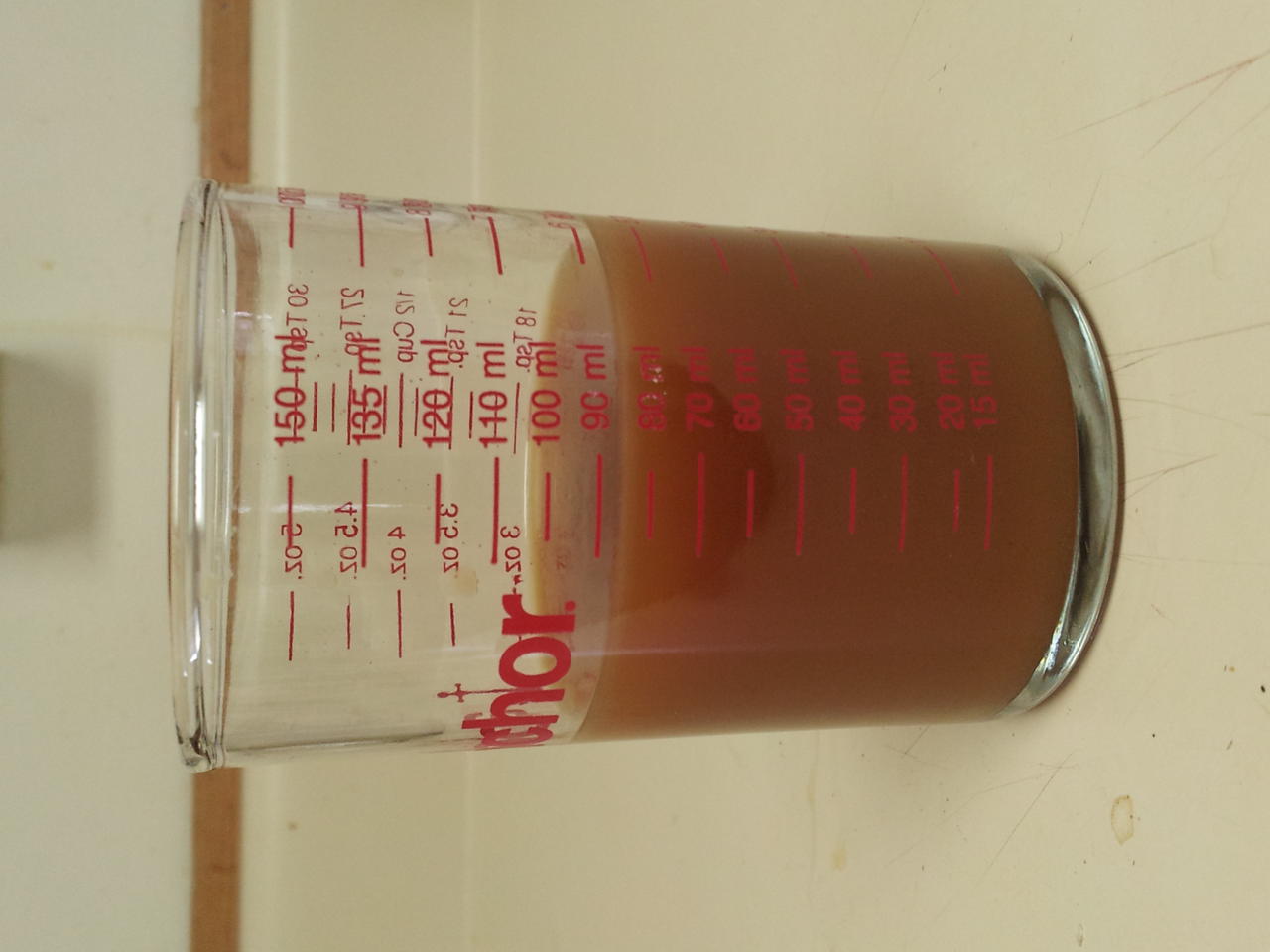
Bibliography
This idea came from the process called carbonic maceration.↩
